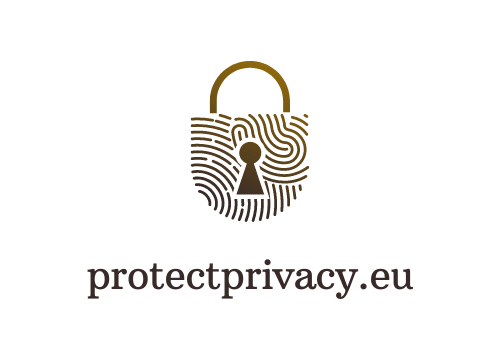Checklist for Securing Your Digital Life

The internet has become an integral part of our lives, from online banking and shopping to social networking and remote work. While digital convenience has brought many benefits, it has also introduced significant security risks. Cybercriminals are constantly finding new ways to exploit vulnerabilities, making it essential to take proactive measures to protect your personal data. Without proper precautions, you could fall victim to identity theft, financial fraud, or even data breaches.
To help you navigate the complexities of cybersecurity, we have compiled a comprehensive checklist to secure your digital life. By following these steps, you can significantly reduce the risk of cyber threats and safeguard your personal and financial information.
1. Strengthen Your Passwords
- Use unique passwords for each account.
- Ensure passwords are at least 12-16 characters long and include a mix of letters, numbers, and symbols.
- Use a reputable password manager to store and generate strong passwords.
- Enable two-factor authentication (2FA) wherever possible.

2. Keep Your Devices and Software Updated
- Regularly update your operating system, apps, and security software.
- Enable automatic updates to stay protected against newly discovered vulnerabilities.
- Install antivirus and anti-malware software to detect and prevent threats.
3. Secure Your Online Accounts
- Regularly review and update your account security settings.
- Remove unused accounts to minimize exposure.
- Be cautious with third-party apps that request access to your accounts.
4. Protect Your Email and Messaging
- Avoid clicking on suspicious links or attachments in emails.
- Use end-to-end encrypted messaging apps for sensitive conversations.
- Be wary of phishing scams and verify sender authenticity before responding.
5. Use a Virtual Private Network (VPN)
- Use a VPN when browsing on public Wi-Fi to protect your data from prying eyes.
- Choose a reputable, no-logs VPN provider.
- Ensure your VPN is always enabled when accessing sensitive accounts or making online transactions.
6. Secure Your Home Network
- Change the default login credentials on your router.
- Enable WPA3 or WPA2 encryption on your Wi-Fi network.
- Regularly update your router’s firmware.
- Set up a guest network for visitors to keep your main network secure.
7. Be Mindful of Social Media and Online Sharing
- Review and adjust privacy settings on your social media accounts.
- Avoid sharing personal information such as birthdates, addresses, or vacation plans publicly.
- Be cautious about accepting friend requests from strangers.

8. Backup Important Data
- Regularly back up your data to an external hard drive and a secure cloud storage provider.
- Use automatic backup options where available.
- Encrypt sensitive files before storing them in the cloud.
9. Monitor Your Financial and Personal Information
- Enable transaction alerts on your bank and credit card accounts.
- Regularly review bank statements for unauthorized transactions.
- Use identity theft protection services to monitor for data breaches.
10. Educate Yourself and Stay Informed
- Keep up with cybersecurity news and emerging threats.
- Participate in online security training or workshops.
- Teach your family and friends about safe online practices.
Read Next: How Cybercriminals Are Weaponizing Human Emotions
Final Thoughts
Cybersecurity is an ongoing process that requires vigilance and proactive measures. By following this checklist, you can significantly reduce the risk of cyber threats and ensure that your digital life remains safe and secure. Stay alert, stay updated, and stay secure!







